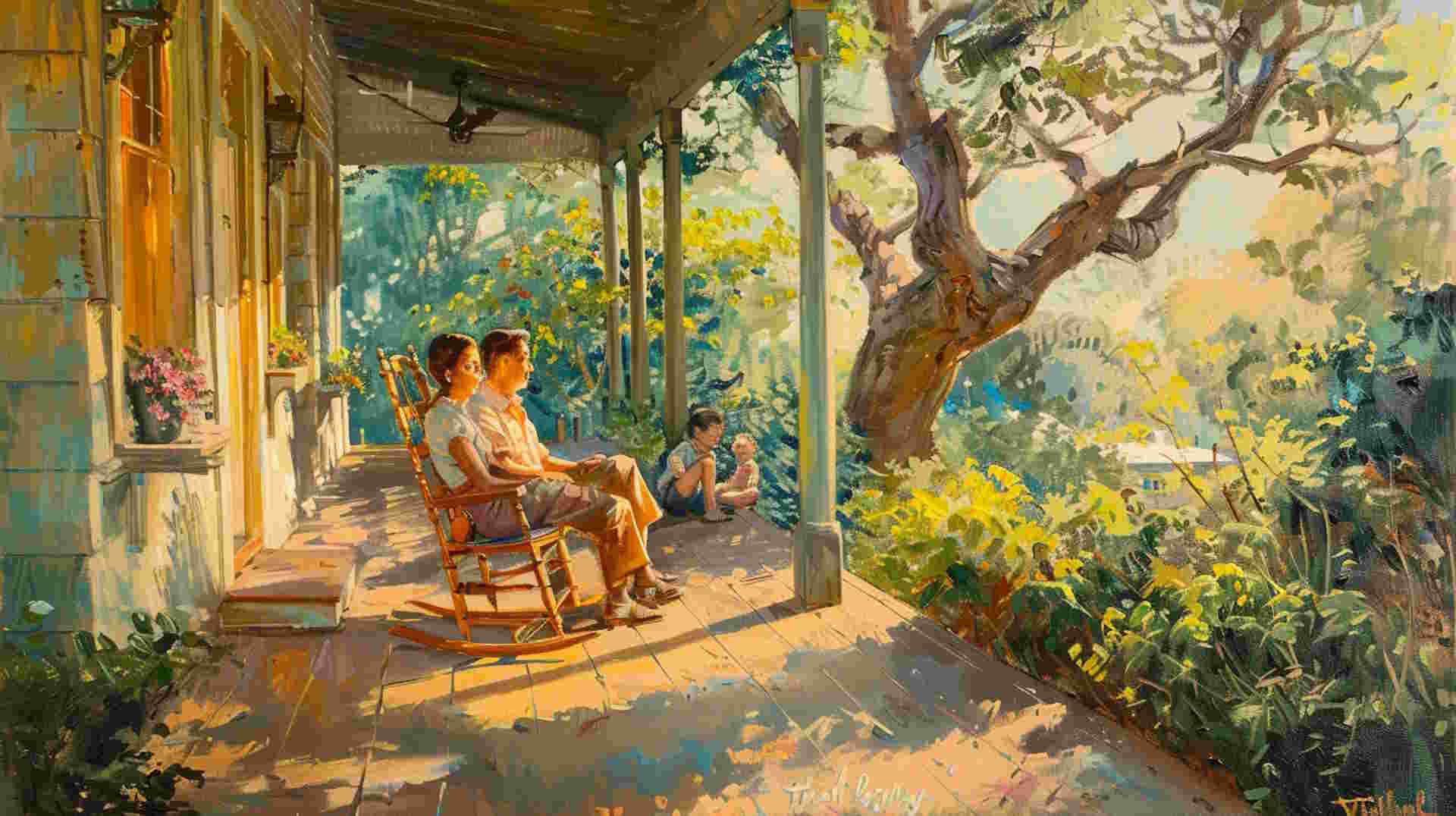 “As above, so below; as below, so above.” This statement is found on the Plates of Brass in the headings of Chapters 3 and 4 of 1 Moses, which leads us to ask: What does this mean, and how is it relevant to us today? I have spent considerable time pondering this idea and would like to share my thoughts.
“As above, so below; as below, so above.” This statement is found on the Plates of Brass in the headings of Chapters 3 and 4 of 1 Moses, which leads us to ask: What does this mean, and how is it relevant to us today? I have spent considerable time pondering this idea and would like to share my thoughts.
While some Hermetic teachings might suggest a hidden meaning behind this axiom, I believe it reflects the essence of the Lord’s Prayer. Jesus instructs us to pray:
“After this manner therefore pray ye: Our Father which art in heaven, Hallowed be thy name. Thy kingdom come. Thy will be done in earth, as it is in heaven…” – Matthew 6:9-10
This prayer clearly indicates that what exists above (in the heavens with God) should also manifest on Earth. In other words, we are called to bring heavenly qualities to Earth, and not merely seek to escape it, as if the creation of God were hell. The earth is God’s creation, and we cannot soon forget that.
The Four Pardes
Based on this understanding, I now view the Scriptures as a sort of “Trinity”—not as a Trinity of gods but as a Trinity of perception. This idea is based on the Four Pardes, P’shat or the surface, Remez or the hints, D’rash or the concept, and Sod or the mystery.  The first way to approach the Scriptures is to interpret them literally, as stories or parables about various people and events. This is the P’shat and Remez. The second approach is to see the characters as representations of our own desires, a method explored through Kabbalah, and to combine passages to unlock more secrets. This second way is both D’rash and Sod. Today, I’d like to discuss a third perspective.
The first way to approach the Scriptures is to interpret them literally, as stories or parables about various people and events. This is the P’shat and Remez. The second approach is to see the characters as representations of our own desires, a method explored through Kabbalah, and to combine passages to unlock more secrets. This second way is both D’rash and Sod. Today, I’d like to discuss a third perspective.
This third perspective suggests that the Scriptures are not merely about individuals but about the entire world. While it might initially seem egotistical to view every character in the Scriptures as a reflection of oneself, this approach can lead to a broader understanding. The Scriptures can be seen as a microcosm of the world, and we, in turn, are a microcosm of the universe. As above, so below; as below, so above. But we are not the only thing that exists here upon the earth, below the heavens above.
Genesis, for instance, describes the creation of everything. This includes not just ourselves but the entire cosmos. While we can use this idea to examine and foster our own spiritual growth, it can and is more. It is all of the creation, and therefore the spiritual growth of the whole of creation. This broader perspective teaches us that we are not isolated beings but part of a greater whole. Our actions impact more than just ourselves; they affect the entire world.
All for One and One for All
In this light, the Scriptures suggest that everything is interconnected. The commandment to care for creation reflects this reality. We cannot merely see this as self-care and reject  the call to love our neighbors. By nurturing the Earth, we contribute to its healing. Conversely, exploiting the Earth harms it. Our actions, driven by either good or evil intentions, shape the physical world and align with spiritual principles.
the call to love our neighbors. By nurturing the Earth, we contribute to its healing. Conversely, exploiting the Earth harms it. Our actions, driven by either good or evil intentions, shape the physical world and align with spiritual principles.
If we act with good intentions, our spiritual and physical actions are in harmony, contributing to righteousness and healing, bringing the earth and the heavens into alignment. Conversely, if our actions are driven by egoism, we create a rift between the spiritual and physical worlds, leading to destruction rather than harmony. This rift is symbolized by the fall of Adam and Eve, who in one perspective, their disobedience created a divide between the spiritual and physical realms. While in another, their understanding that for finish the creation they had to fall so they could live and die created the bridge that could allow the heavens and the earth to exist seperately, working their way back into harmony through the atonement and grace of Jesus Christ.
The Fortunate Fall
Lehi said to his son, Joseph:
“Adam fell, that men might be; and men are, that they might have joy.” -2 Nesph 1:115 [2:25]
Why? Lehi answered this:
“For it must needs be that there is an opposition in all things.” -2 Nephi 1:81 [2:11a]
 To restore unity, we must seek alignment with divine will. But first, God knew there would be a division.
To restore unity, we must seek alignment with divine will. But first, God knew there would be a division.
“And YHVH Elohim offered unto the people teshuvah, saying: Of every tree of the garden, thou mayest freely eat; but of the Tree of the Knowledge of Good and Evil, thou shalt not eat of it. Nevertheless, thou mayest choose for thyself, for it is given unto thee, but remember that I forbid it; for in the day thou eatest thereof thou shalt surely die.” -1 Moses 4:24-27 (see also Genesis 2:16-17)
Is God telling them they they can choose for themselves, life and death. Why? Because there is opposition is all things, and these are the two choices we face, eternal life, or death. This is the fortunate fall, Eve and then Adam chose death so that we could have life through the atoning power of Jesus Christ.
“For if by one man’s offence death reigned by one; much more they which receive abundance of grace and of the gift of righteousness shall reign in life by one, Jesus Christ.” -Romans 5:17
That one man isn’t Adam or Eve, it is us. We all chose to come here to this earth, we chose life, therefore we chose death. Our final choice is eternal life trough the atonement of Jesus Christ. To be born again, not passively in our sins, but actively as we are made new creatures. This is seen in how we treat others, loving God and our neighbors. This involves acting with good intentions and acknowledging our interconnectedness with all creation. By doing so, we participate in the healing process, bringing the divine qualities of heaven to Earth.
Practical and with Purpose
Although this may seem mystical, it is deeply practical. Everything we do affects everything else. The first commandment to care for creation underscores this principle.
“And I said: Let them take stewardship over the fishes of the sea, and over the fowl of the air, and the beasts of the earth, and over all the earth, and all living creatures of the earth. And the elohim created mankind in our image and in the image of the Yachad; created we them, male and female, both the male and the female. And I blessed them and said unto them: Be fruitful, and multiply, and replenish the earth, and take charge of it; and watch over the fish of the sea, and over the fowl of the air, and over every living thing that moveth upon the earth in righteousness.” -1 Moses 3:40-43 (see also Genesis 1:28)
Our actions, whether nurturing or harmful, have significant consequences for the world. Aligning ourselves with God’s will and seeking to bring heavenly qualities to Earth enables us to contribute to the healing and restoration of what is broken. We cannot see salvation or the restoration passive things, but as active things we have been do. These are the good works we are call upon to preform.
“I say unto you: Can you imagine to yourselves that ye hear the voice of the Lord saying unto you in that day, Come unto me, ye blessed, for behold, your works have been the works of righteousness upon the face of the earth?” -Alma 3:32 [5:16]


